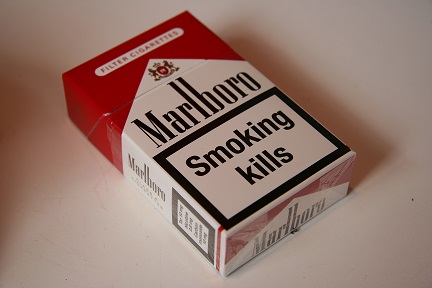DRUGS & ALCOHOL 101
A Parent Resource, presented by Eric Munson, CPP, ICPS
TOBACCO FACTS
Street Terms: Butts, chew, dip, coffin nails, cancer sticks



What is It?
Tobacco use is the leading preventable cause of disease, disability, and death in the United States. Between 1964 and 2004, cigarette smoking caused an estimated 12 million deaths, including 4.1 million deaths from cancer, and 5.5 million deaths from cardiovascular diseases.
When smoking tobacco, the user inhales tar, nicotine, carbon monoxide, and 200 known poisons into the lungs. The nicotine in cigarettes is powerfully addictive.
All forms of tobacco, including cigars, pipe tobacco, snuff, and chewing tobacco, contain the addictive drug nicotine and can also cause cancer.
Like cocaine, heroin, and marijuana, nicotine increases levels of the neurotransmitter dopamine, which affects the brain pathways that control reward and pleasure. For many tobacco users, long-term brain changes induced by continued nicotine exposure result in addiction — a condition of compulsive drug seeking and use, even in the face of negative consequences.
Tobacco Effects
| Short-term effects |
|
Poor lung function |
Shortness of breath |
Nagging coughs |
|
Get tired quickly |
Decreased sense of smell and taste |
Bad breath |
| |
Stained teeth |
Premature aging |
|
|
Long-term effects
|
|
Causes cancer |
Heart disease |
Aneurysms |
|
Bronchitis |
Emphysema |
Stroke |
Risks
- Shortness of breath and dizziness
- Lung diseases such as chronic bronchitis and emphysema
- Heart disease, including stroke, heart attack, vascular disease, and aneurysm (burst blood vessel)
- Lung, mouth, throat, bladder, pancreas and kidney cancer
- Dry skin and premature wrinkles